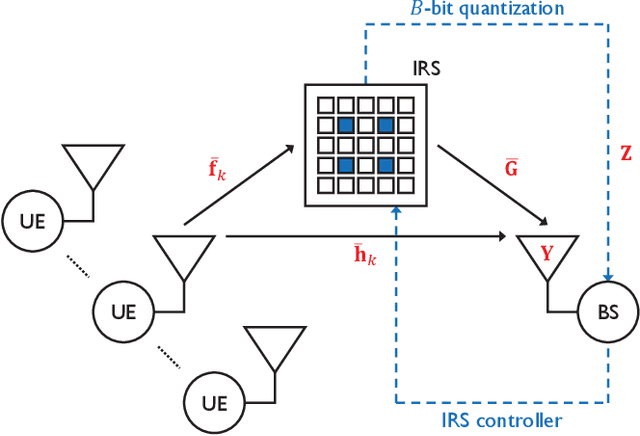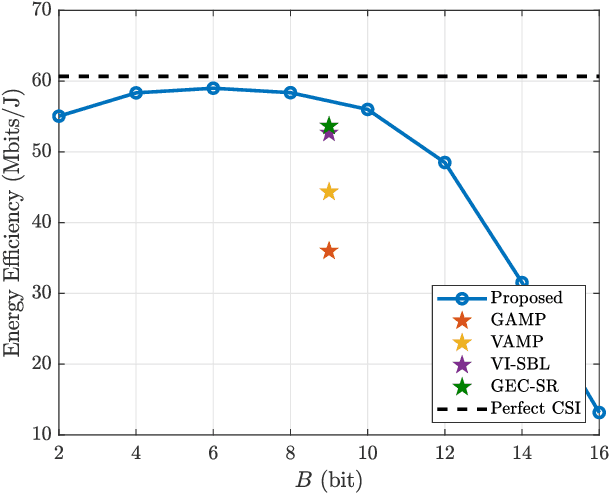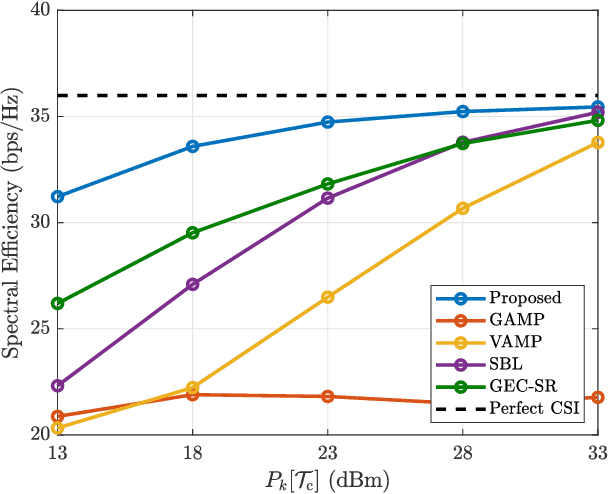Jaeky Oh
WiThRay: A Versatile Ray-Tracing Simulator for Smart Wireless Environments
Apr 22, 2023Abstract:This paper presents the development and evaluation of WiThRay, a new wireless three-dimensional ray-tracing (RT) simulator. RT-based simulators are widely used for generating realistic channel data by combining RT methodology to get signal trajectories and electromagnetic (EM) equations, resulting in generalized channel impulse responses (CIRs). This paper first provides a comprehensive comparison on methodologies of existing RT-based simulators. We then introduce WiThRay, which can evaluate the performance of various wireless communication techniques such as channel estimation/tracking, beamforming, and localization in realistic EM wave propagation. WiThRay implements its own RT methodology, the bypassing on edge (BE) algorithm, that follows the Fermat's principle and has low computational complexity. The scattering ray calibration in WiThRay also provides a precise solution in the analysis of EM propagation. Different from most of the previous RT-based simulators, WiThRay incorporates reconfigurable intelligent surfaces (RIS), which will be a key component of future wireless communications. We thoroughly show that the channel data from WiThRay match sufficiently well with the fundamental theory of wireless channels. The virtue of WiThRay lies in its feature of not making any assumption about the channel, like being slow/fast fading or frequency selective. A realistic wireless environment, which can be conveniently simulated via WiThRay, naturally defines the physical properties of the wireless channels. WiThRay is open to the public, and anyone can exploit this versatile simulator to develop and test their communications and signal processing techniques.
Channel Estimation for Reconfigurable Intelligent Surface with a few Active Elements
Feb 08, 2023Abstract:In this paper, a channel estimation technique for reconfigurable intelligent surface (RIS)-aided multi-user multiple-input single-output communication systems is proposed. By deploying a small number of active elements at the RIS, the RIS can receive and process the training signals. Through the partial channel state information (CSI) obtained from the active elements, the overall training overhead to estimate the entire channel can be dramatically reduced. To minimize the estimation complexity, the proposed technique is based on the linear combination of partial CSI, which only requires linear matrix operations. By exploiting the spatial correlation among the RIS elements, proper weights for the linear combination and normalization factors are developed. Numerical results show that the proposed technique outperforms other schemes using the active elements at the RIS in terms of the normalized mean squared error when the number of active elements is small, which is necessary to maintain the low cost and power consumption of RIS.
* Accepted to IEEE Transactions on Vehicular Technology
Bayesian Channel Estimation for Intelligent Reflecting Surface-Aided mmWave Massive MIMO Systems With Semi-Passive Elements
Jun 14, 2022



Abstract:In this paper, we propose a Bayesian channel estimator for intelligent reflecting surface-aided (IRS-aided) millimeter wave (mmWave) massive multiple-input multiple-output (MIMO) systems with semi-passive elements that can receive the signal in the active sensing mode. Ultimately, our goal is to minimize the channel estimation error using the received signal at the base station and additional information acquired from a small number of active sensors at the IRS. Unlike recent works on channel estimation with semi-passive elements that require both uplink and downlink training signals to estimate the UE-IRS and IRS-BS links, we only use uplink training signals to estimate all the links. To compute the minimum mean squared error (MMSE) estimates of all the links, we propose a novel variational inference-sparse Bayesian learning (VI-SBL) channel estimator that performs approximate posterior inference on the channel using VI with the mean-field approximation under the SBL framework. The simulation results show that VI-SBL outperforms the state-of-the-art baselines for IRS with passive reflecting elements in terms of the channel estimation accuracy, training overhead, and spectral efficiency. Furthermore, VI-SBL with semi-passive elements is shown to be more energy-efficient than the baselines with passive reflecting elements while employing a small number of low-cost active sensors.
 Add to Chrome
Add to Chrome Add to Firefox
Add to Firefox Add to Edge
Add to Edge